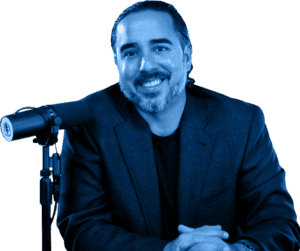Podcast Description
As the marketing world grows more and more towards online marketing, now is the time to learn how it works and why it works.
In this podcast, Manuel goes over in detail what the digital footprint is and how marketers can use it to their advantage.
Thanks for listening!
What is a Digital Footprint and how to use it to Your Advantage
Podcast File
DIGITAL MARKETING: What a Digital Footprint is and How You Can Use it to Your Advantage!
Click here to download this Podcast >>
Transcription
INTRODUCTION
Jules: Hey guys, it’s Jules, Manuel’s creative director. In this podcast, Manuel goes over in detail what a digital footprint is and how marketers can use it to their advantage. Enjoy.
Digital Footprints on Facebook and Instagram
Manuel: Today, I’m going to be talking about this subject of digital footprints on the world of Facebook and Instagram in that particular world and it’s something that people don’t understand yet. The other day I did an episode on building relationships on Facebook.
How do you build relationships?
Well, I’m going to cover that today. All right, so before we get onto it, I’m going to start recording the podcast officially now.
Welcome to another episode of the Facebook Marketing Ninja podcast and I’m your host Manuel Suarez here one more time with you. And today we’re going to talk about a very, very important subject, so stick around because it’s going to be awesome, awesome.
Again, my job is to keep you guys informed of these different opportunities that we have today and how to take advantage of them.
A few weeks ago, I did a very good episode that if you haven’t listened to, you definitely should and it should be heard before you hear this one because it was all about building relationships on Facebook.
I explained how and why most people that are doing advertising on Facebook or have done advertising throughout the years using the power of Facebook and Instagram and gave up after a week or two or a couple of months or a thousand dollars or $10,000 of ad spend and they claimed that Facebook ads didn’t work for them was because they didn’t build relationships.
Well, some of you, if you are not familiar with the Facebook advertising platform. If you don’t understand how it works, if you are not familiar with Instagram and the Facebook business manager, you will probably not understand how you can build relationships.
Because you may be asking yourself,
“Manuel, if I put a video out there and I post it on social media, on the Facebook page, on the Instagram account,
what happens next?
“How do I know if people follow me, if they saw the video, if they saw three seconds of it, 10 seconds, if they saw the whole thing? How do I have that data that you talk about building relationships? Well, how do you expect me to do that when I don’t have a clue how to build those relationships on Facebook?”
Well, there are very, very, very SIMPLE WAYS to build those relationships and that’s what I’m going to explain on this particular podcast – the way to win on the game of Facebook advertising, on Instagram marketing, which is a powerful, powerful platform.
If you are not jumping all over Instagram marketing right now together with Facebook,
you are leaving so much money on the table.
I mean, you are going to a condition of becoming irrelevant on a business as a businessman. It doesn’t matter if you have an Amazon brand, e-commerce, lead generation, business, service business, no matter what it is, actually using the platforms that are being used by most people today shouldn’t be an OPTIONAL thing if you are an entrepreneur. Does that make sense?
Well, let me explain to you how you create and follow digital footprints with the power of Facebook’s data. Okay?
Set Up Your Facebook Business Manager Now
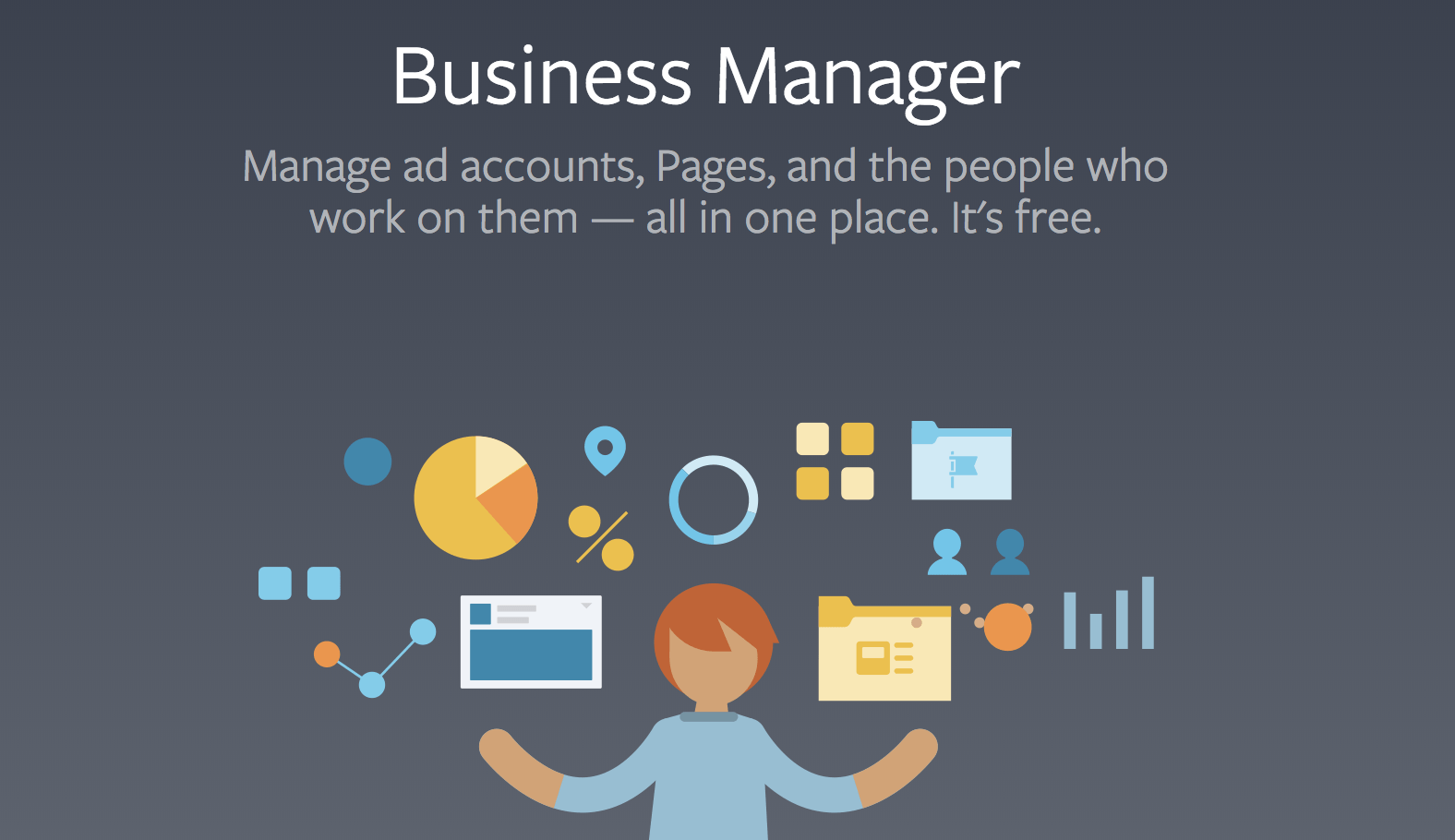
Now, if you haven’t set up your business manager on Facebook, that is the first thing that you need to do. You need to go and pause this podcast or keep on playing it in the background and go to your computer and go to business.facebook.com instead of your business manager.
Once you are in business manager, there is a section on the menu. The top left has a menu that has a dropdown menu on it. Then, it’s going to open up a bunch of different options. One of those options is called “Audiences” and this is something that I explore in my course fully.
I have a series of mini-courses and I have my advanced program, which I have hundreds of students that are going through that particular program and this is something that I dive deeply into.
But at the audiences level,
You can create audiences that are now on this particular bucket of people that you can continue to communicate with.
That’s what a digital footprint is.
Let me give you some examples of audiences that I create and that I use consistently to communicate with people over and over again.
Forgotten Posts

Because if you post something on social media, on Facebook, on Instagram, it goes into oblivion, right? It just goes downfield through another thousand posts and it gets you to bury it deep, deep, deep and it disappears from the feed. That’s what happens to any post.
If I post something today at 9:00 AM and I have a thousand fans, well, if I’m lucky, a hundred of them see it. That’s about 10% of the actual audience. I’m talking about organic reach on Facebook. So that’s 10% of the audience. On average right now, only two to 8% of your actual fans page likes are seeing your content.
On Instagram, there’s a higher percentage. It can go up to 20% organic reach. But in reality, most of them are not going to see it. And whenever they log into their Facebook, your post that was posted so long ago that is nowhere to be found, that is nowhere to be seen is gone. It’s disappeared from the face of the earth. No more, you’re not going to see this thing again, right?
Creating a Bucket of People
So how do you know what happened to that post? How do you know if somebody saw it, didn’t see it? Facebook is showing you a video views number in there. Is that enough for you to have something? Well, now what would I do with that?
What does 1,248 video views mean to me? It means absolutely nothing unless you have built a bucket of people unless you have created a bucket of people based on that data that you can communicate with again, that you can grab that bucket and send them a second message, a second video, a third message, a fourth video, et cetera, on and on and on. That is how you build relationships.
On Facebook, you do not do sell, sell, sell, sell, sell, just like they do on the flea markets.
I’m telling you, after millions of dollars of Facebook ads spent, meaning that I have all that data and I can tell you that I have tried direct selling and I have tried to nurture, I have tried to build relationships and I know what works and I know what doesn’t work.
I AM WALKING THE TALK

That’s what you get from me more than anything because when you hear me talk, when you see my videos, when you do my courses, when you do my podcasts, when you hear me anywhere even in my live seminars, you’re going to get that data that I’m giving to you based on the data that I am observing. That’s what I’m looking at through my agency.
You will think that I’m just a content creator because you see me a lot and I’m all day long doing a podcast and doing interviews and seminars and articles.
No, I invest 90% of my time on my marketing agency. AGM Marketing is my life, is my agency. That’s what it’s all about. That’s where I put all of my attention.
And then you guys get 10 to 20% of my attention through my course, through my training, through my blog, through my podcast, through my seminars. That’s basically how I grabbed that information from my agency and I hand it over to you so you, if you are smart with it, can cut the line.
My job, my main goal is to help you cut the line so you don’t have to spend years and years and years like I have, researching and trying to understand how the platforms work – what works, what doesn’t work, strategies, what is working right now better than anything else out there, what are the best opportunities, what type of campaigns should I go after, how should I find my audience?
You don’t have to do any of that stuff!
If you follow my content, I’ll tell you what is working right now.
All you’re going to do is grab it and implement it.
Isn’t that cool? Well, I have done that throughout the years. Like my initial training as an Amazon seller, I had one teacher. That one teacher gave me everything that I needed in order for me to be successful. His name is Ben Cummings, a very good friend of mine today still.
I grabbed his information and I implemented it. Instead of me searching around on this sea of confusion and trying to find out something that works and doesn’t work, I would just focus on this one person that I knew was doing it himself, that I knew had data and I just grabbed that data and implemented it and saw results.
That is what I’m offering to you
I’m offering you this data from 90% of my time as to what’s working today and what’s not working as well as to where did I waste money and where did I make money.
Trust me, I have not been perfect. I have wasted a lot of money along the way. I have invested a lot of money of my own money wasted trying to find out what things are working and what things are not working as much. That’s the reality.
So, let’s take advantage of that. That’s just something that I wanted to just point out because in reality, when you have DATA, when you have INFORMATION that is applicable and practical, that is so VALUABLE.
Because in reality, you can save:
- So much time
- So much energy
- So much money
- So much frustration
Overall along the way that trust me, I have gone through. So, when you put a post on social media, on Facebook or Instagram. We’re talking about these two platforms. I want you guys to understand that data is stored on Facebook’s world permanently. It’s a digital footprint.
Just like if you want to find about somebody, let’s say that there’s a lost horse on a ranch that’s full of snow or something. You can find out exactly where this horse is at just by following that horse’s footprint.
The same thing happens with every single one because one thing that you’ve got to understand is that these cell phones, these devices that are being used by these guys consistently every single day for hours a day are tracking every single activity. Meaning that if they comment on something, Facebook has that data.
Again, Facebook and Instagram are the same company, right? Facebook, Instagram, and Messenger, they are the same company and WhatsApp, too.
Whatever you do on these platforms are
permanently stored in their databases
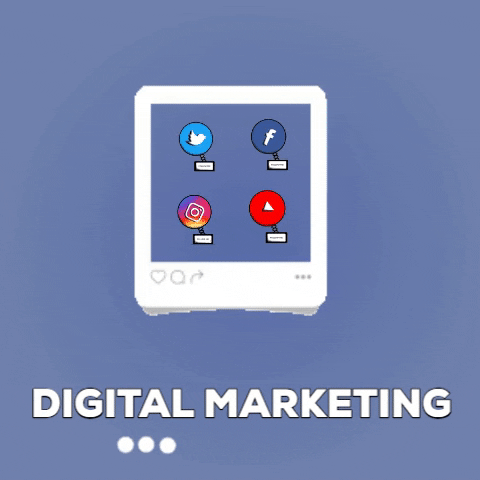
If you liked a post, if you don’t like a post, if you say that you love it, if you comment, if you share it, if you interact with it, if your thumb stops on that particular post, they know you’re interested.
Have you ever wondered? For example, on Instagram, let’s say that you’re watching something that pulled your attention. You’re on a newsfeed and then there’s this person that you’re following and suddenly you, “Wow, I’m interested in this particular subject.” Let’s say exercise, and you opened this person’s exercise account and was there teaching different tips and tricks about losing weight using the power of fitness or whatever it is. And suddenly you go back to Instagram and you keep on surfing around and you start seeing more of fitness. Have you ever noticed that?
Same thing on Facebook. Let’s say that you comment on your friend’s posts that have kids and babies and you say, “Oh, that’s so cute. My son.” And you engage in a conversation. Have you ever noticed that now you start seeing more parents, more people with children, more interaction about kids?
They have that data and the algorithm uses that data to give you more of what you want. That’s the beauty of it. I mean, some people might find it freaky and a little bit scary.
But in reality, the algorithm was created to
give you what you want.
That is the purpose and that is what has made Facebook and Instagram the monsters that they are. That is what made them different. If you look at, for example, the Instagram explosion, boom! The Facebook explosion throughout the last few years, boom!
But at the same time, it’s not that the economy’s great. Look at Snapchat, boom! Look at Twitter, boom! Look at LinkedIn, surviving but barely. Great platforms that have not figured out this incredibly smart algorithm that gives a user more of what they want.
That is all because of digital footprints, what you like, what you comment, what you’re interested in, what you don’t like, what you engage with, what pages you like, what other things you like, what makes you stop, what makes your thumb stop from scrolling on your Facebook newsfeed, on your Instagram newsfeed?
What makes your thumb suddenly stop the motion?
Do you know that Facebook has a term internally called THUMB STOPPER?
Meaning that the promotion or the ad or the publication or …
Whatever it is that you’re posting cause the individual to stop their thumb and pay attention to what you have to say.
That is a digital footprint by definition. What Facebook does is they do a couple of things.
I. The user gets more of that particular thing that they stop to consume, that they share, that they comment, that they like, that they watch – they get more of that stuff.
II. If you produce content that makes people stop their thumbs, users stop their thumb, if you put those content that makes people engage, comment, and share, Facebook rewards you for it.
They say to you:
“Very well done on this piece of content. I’m going to help you reach more people. Instead of you reaching 10% of your audience because people liked your content, I’m going to help you reach 25% of them. Very well done. Keep on producing content like this that engages.”
That is exactly what Facebook tells you. And as an advertiser, the message is a little bit different.
As an advertiser, they say to you,
“That’s great that you produced this piece of content. I want to say thank you. People are liking it. It’s engaging, they’re commenting, they’re engaging with it, they’re sharing it and they’re watching it and it’s stopping their thumb. In exchange for your quality content, do you know what I’m going to do? I’m going to lower the cost of advertising for you. Very well done. Congratulations.”
So now, instead of paying 5 cents a ten-second video view, now you start paying 1 cent a video view. So, you get five times as much for your dollar. Instead of paying 55 cents for a website click to your website, you start paying 10 cents for a website click to your website. Very simple.
This is the reason:
Facebook is all about the User Experience
“U X”
User experience
You’ve got to understand that Facebook’s goal is to keep people on the Facebook platform. If people jump out of it and they go to Snapchat, and they go to YouTube, and they go to other places that are not owned by them, Facebook loses money. So they want to keep people on the platform.
Sometimes, they have made changes to protect the user experience, like changing the algorithm and other things that people have complained about along the way.
But those changes have been made with the direct intention of
protecting the user experience.
Because if they protect that, it’s better for us advertisers. Why? Because people stay on the platform. So that data is important.
Facebook rolled out this week, they announced it that they’re going to be PENALIZING advertisers that produce bad or low-quality content. Meaning ads with images that are not very nice, videos that are not engaging, products that are in some way, shape, or form being communicated in a bad way.
For example, if you have something that is clickbait like you won’t believe your eyes, what the universe is bringing to us, click below. If you’re doing that sort of advertising, Facebook is going to recognize that and it’s going to penalize you for it. If you’re doing clickbait, if you do engagement bait like, “Comment below and tell me what your thoughts are about this and I will enter you for a chance to win a billion dollars.”
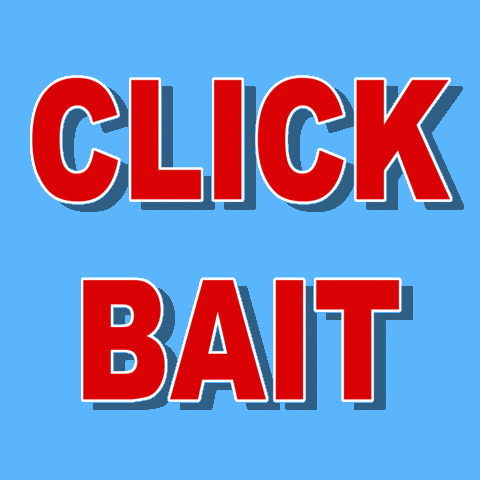
If you do those types of things, Facebook is going to find out because that is destroying the user experience. In the end, that’s what you want to focus on. The better the user experience, the lower the cost of advertising.
To give you guys a particular example, I have seen advertising on Facebook, two advertisers. One of them invests money on ads, let’s say a thousand dollars. Every single a thousand people, they’re paying $2 to reach them. That’s it, $2.
And then I’ve seen another one that produces really bad content that all they do is sell, sell, sell, sell, sell. They’re not interested in providing value. Instead of paying $2 for a thousand, they can pay up to $50, $75, which is even more expensive than television ads, than newspaper ads, which is incredible in this incredible era.
Why is Facebook doing that?
Because of the system, the algorithm will penalize you for producing low-quality content that does not engage with people or that somehow cheats the actual individual. That’s what you’re trying to go after.
In reality, what you want to do is focus on quality content, consistent content, and content that produces value along the way and helps people improve a particular aspect of their lives.
So that’s how you, like I talked about it in a couple of episodes ago, we talked about building relationships. You build relationships by providing value to people by:
- Educating them
- Building these retargeting audiences
I hope that makes sense. So let me tell you what to do. Let me give you something practical.
You have to do a lot of content
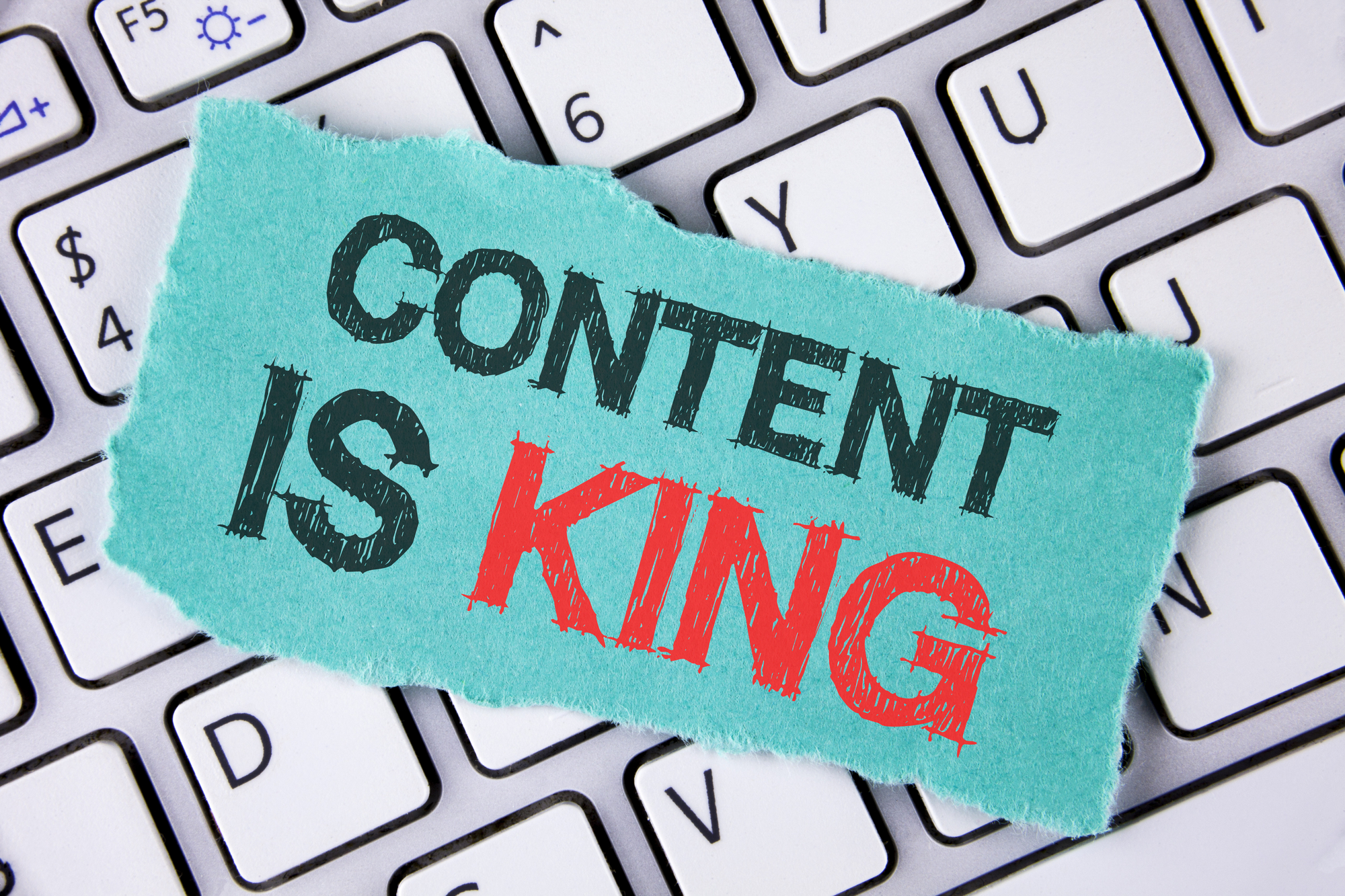
You have to produce a ton of it, okay? And I mean QUANTITIES of it.
Now, I’ve talked about that many times before in my podcasts. I described that on many webinars and many pieces of training along the way. There’s a lot of ways that you can produce content. You can do:
- Written content
- Audio content
- Video content
- Picture content, images
All those things can be done and should be done along the way. The more that you do, the better. So you’re going to do a lot of it.
Now, what is a lot?
Well, it depends on how bad you want it, how fast do you want to get there. If you want to get there in a year or two, you’re going to have to produce a lot. That’s the reality. I haven’t stopped working a single day in five years to get to where I’m at today. Now I like my work so it doesn’t feel like work.
So, for me, it’s just fun all day long. It’s like playing Madden or playing Fortnite 24/7. These guys are having fun. I’m having a blast. I’m here talking to you guys. Do you know how much fun this is? Do you know how much fun is teaching other people how to capture attention, grow their businesses, expand? I mean, it’s a blast. Like people have fun going to a party.
I don’t like going to parties. I like talking to you guys. I like doing seminars. I like teaching. I like doing business. I like making money. I like growing businesses overall. That is what I liked to do but it depends on you. So if you have fun doing your work, it becomes easy. The question of how much content should I produce should be answered by how fast do you want to get there. If you want to build it in the next year or two, well you’re going to have to hustle and you’re going to have to produce a lot of content and be consistent.
Let me tell you something
I don’t produce enough. I’m doing a podcast a week, sometimes every 10 days. I’m trying to do a podcast at least once a week. I do videos. Sometimes I get too busy with the agency because the agency is my life and continues to be my life. I don’t do enough content.
Now I’m growing pretty fast, but I want to get there faster, so I need to push myself. So you’ve got to do more of it. Now, once you start getting into a routine of producing content, Facebook live videos, images, you can go to different tools.
The other day I did a training talking about a tool called Veeroll. For those of you guys that don’t know, I’ve been using Veeroll for years. I’m not affiliated with it at all, but it’s a tool that helps you produce video content just by pasting a couple of images.
Technology has crushed and destroyed every single excuse that you have used throughout the last five years to not grow your business, every single one of them. There’s no such thing for it, like not being able to grow your business today. Veeroll which is V as in Victor, E-E-R-O-L-L.com. This is a free promotion for them. You can literally go ahead and create some videos in there by pasting some images and start running those.
DIFFERENT TYPES OF AUDIENCES
So once you start building some content, let me tell you the list of audiences that you’re going to make. This is just off the top of my head. Okay? If you go to business.facebook.com and you have it all set up because if you’re listening to this podcast, I’m hoping that you already have this whole thing set up, you’re going to go to audiences.
If you haven’t set this up yet, you need to do my mini-courses. You need to do some of my training, listen to my podcast some more because it’s all out there. I guarantee you that I’ve talked about this in the past. You’re going to go to business.facebook.com and you’re going to go to audiences, audiences, okay? If your Facebook page is already connected with your Facebook business manager, you’re going to be able to create audiences, buckets of people that have different levels of engagement with you.
You can create a bucket of people that have
SEEN
at least 10 seconds of your videos, 25% of your videos, or they have seen only 50% of your videos, 75% of your videos, 95% of your videos, 100% of your videos.
Each and every one of those audience is a different audience. Somebody that saw a video of yours for three seconds is not the same as somebody that saw your video for five minutes. This is a whole different individual. So, you’ve got to understand that you’ve got to communicate with these guys in a different way as you build your relationships along the way.
So video watchers bucket is my number one most important audience out there that I use to do lead generation, purchases, Messenger subscribers, store objectives like this at people on my store, all that stuff. I do all that stuff based on people that have visited or seen my videos. That’s one set of bucket that you can create.
Again!
Business Manager
Business.facebook.com
Audiences
(create an audience)
You can follow those steps exactly like that. And now you go to create an audience based on engagement on Facebook, based on video watching, based on Instagram profile engagement, business profile engagement, based on website data. All that stuff is in there.
Other audiences that I would create:
I will create an audience of people that have
ENGAGED
with your ads or your publications on Facebook.
So if you’re posting a lot of content on Facebook, on Instagram, anybody that comments, that likes, that engages, that shares, that likes your page overall is going to be put on this particular bucket of people that are engaged with your Facebook page. And that bucket keeps on growing and growing and growing. And now, you have a bigger audience to get your message to and to sell and to build relationships too.
- VIDEO WATCHERS
Again, digital footprints. Now, one caveat that I want you guys to know: when it comes to video watchers, people that are watching your videos, you have 365 days total to communicate with those guys.
So, if somebody watched a video today for two minutes, now you can retarget that individual for a full 365 days. But if that person has not seen a new video from you that is part of that audience in 366 days, you cannot retarget that person again.
- WEBSITE VISITORS
I am hoping that a lot of you guys already have your pixel data set up on your website. When it comes to website data, if you have your pixel set up, you can target people up to 180 days – people that visited the website, people that viewed a product page, people that viewed your blog, people that engaged – what Facebook calls the top 25% website visitors. That is based on time spent on your website.
So for example, if you have 10,000 website visitors a month, then, you can tell Facebook, “Facebook, I want you to build me an audience of the top 25% website visitors.” So now you don’t have to communicate to the 75% of people that some of them are bouncing, they’re not interested in your content, they landed on your website accidentally, but now they’re not interested in anything else.
When you do the top 25% website visitors, you’re communicating with the people that are surfing around on your website, going all over the place, moving all over the place and looking at the product pages, engaging with your products overall, purchasing your products and all that stuff. That is an audience by itself.
- ADDED ITEMS TO CART
Another audience based on data is also people that added the items to cart, people that purchase, people that have not purchased in the last 180 days but purchased in the last 30 days.
There are a thousand possible combinations or maybe thousands of them that you can mix and match when you build these buckets of people along the way. When it comes to Facebook, I would create one of them for each individual thing.
For example, there’s an audience of people that you can create, of people that engage with your Instagram business profile. That by itself deserves a unique audience that you can communicate. Trust me, Instagram is blowing up very fast and it’s very engaging. It’s going to keep on getting better and better and you need to be a part of that. And you need to make sure that you track those digital footprints that are going on the Facebook and the Instagram world nonstop.
What to do with the data?
What do you do with those buckets of people that you can retarget up to 365 days in some cases and up to 180 days in some cases?
Build relationships
Build a second point of contact
Like for example, “Hey, I want to thank you for watching my first video. Well, let me show you something else about what I do for a living and how I help people.” Or you can create videos if you don’t feel comfortable in front of a camera that thanks them for actually engaging with your first video or with your page or with your posts or whatever it is. And just build relationships and communications with these guys along the way.
QUANTITY VS. QUALITY
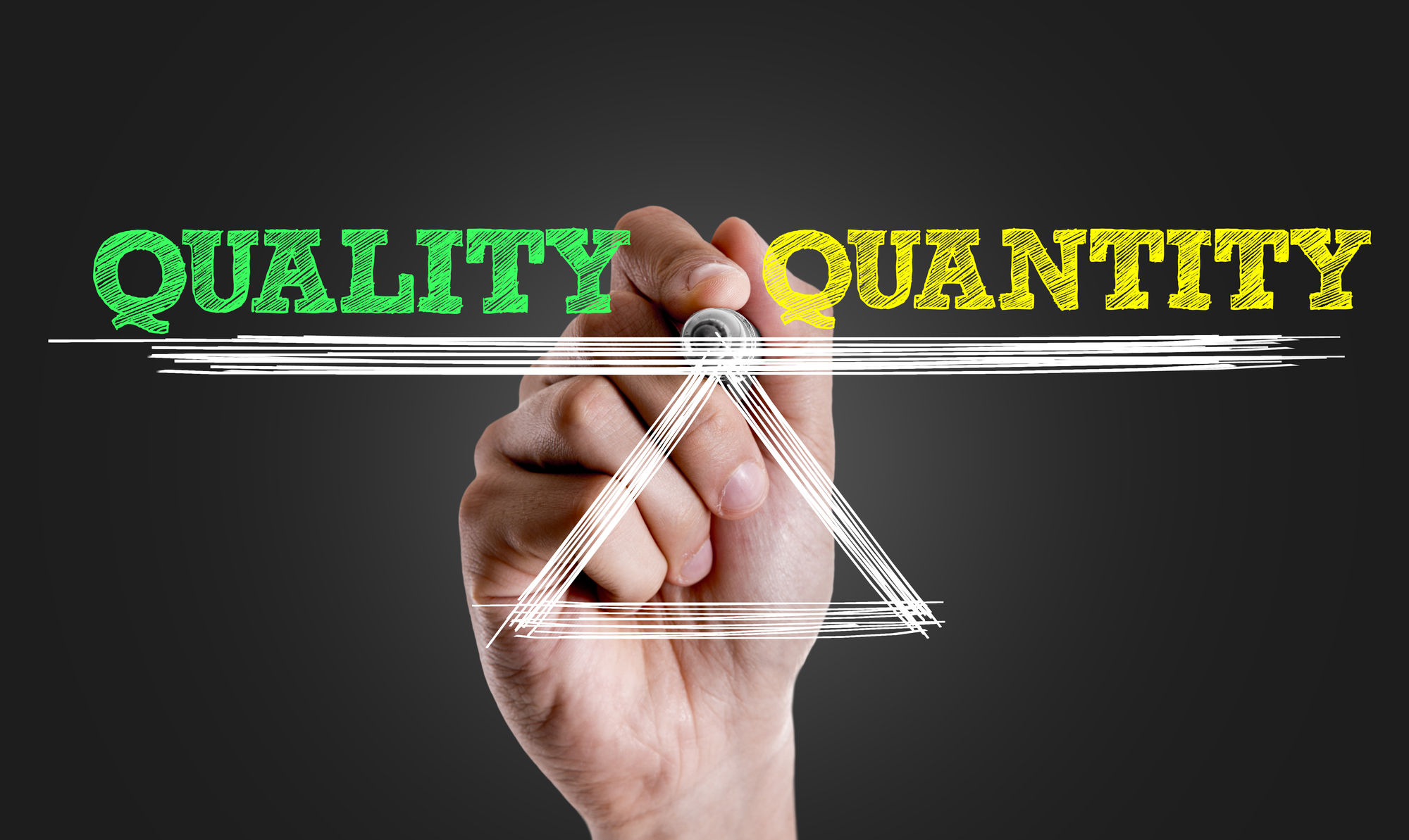
So, go ahead and build your audiences. First of all, figure out your content. Start putting a lot of content out there – massive amounts of content. Quantity is going to be way more important than the quality of your content. If you focus on quantity, then you can win the game. If you get obsessed about quality, then you’re going to be slow and all your competitors are going to crush you because people are doing quantity right now to stand out in the social media game.
You can just look at my social media and I’m not even doing it off. You can look at some of these guys that are pushing hard and conquering the world. It’s a hardcore push towards actually taking over this. I don’t know what’s wrong with people that get so impatient with the social media game. I don’t understand that because my grandparents, my dad took ages to build a multimillion-dollar business. My dad took about 15 years to build his first million dollars a year business.
Why are we complaining after one year of posting content?
“Manuel, but I’ve been posting content every day now and nobody pays attention and I only get seven likes on my Facebook post.”
This requires a strategy, a long term strategy, persistence, patience, and push towards accomplishing that particular end goal along the way.
If you do not have the patience, you do not belong in social media. You should get out because social media does not make people rich overnight. If somebody sold you that dream, let’s cancel that dream because that does not exist.
I have been doing the social media game for years. I have barely broken out in the last two years. After two and a half years or three years putting my head down, working, implementing, implementing, failing, succeeding a little bit, failing some more, and succeeding a little bit.
IT TAKES
GUTS
PATIENCE
ENERGY
DEDICATION
LONG HOURS OF STUDY
LEARNING SOMETHING NEW
I know I talked a lot. If you missed some of this, it’s a fire podcast so you should go back and listen to it again because in reality:
- We’re going to build relationships.
- We need to build those buckets of people that are watching our content, engaging with our page, stopping to see our content, thumb-stopping to see our content.
And then, we’re going to build relationships by communicating with these guys again all through the Facebook business manager using the power of Facebook, Instagram, and Messenger.
That’s it for the podcast. We’ve been talking a little bit over 30 minutes already. I hope that you guys enjoyed it.
If you have not given me the honor of writing a review for the podcast, please do so. You can stop this right now or keep on playing it, put it down, go to the bottom of this podcast, and write a review. It will mean the world to me. If it’s helped you somehow, I would love to hear your thoughts on that.
All right, guys. I will see you on the next podcast. Talk to you soon.
_________________________________________

Do the FREE Facebook Ads mini-courses here: manuelsuarez.com/minicourses
I’m putting out a lot of great content every single day. Be sure to follow me on your favorite platforms! Here are the links:
Facebook: www.facebook.com/theninjamarketer/
Messenger Channel: www.m.me/theninjamarketer/
Instagram: https://www.instagram.com/mrmanuelsuarez/
LinkedIn: https://www.linkedin.com/in/mrmanuelsuarez/
YouTube: https://www.youtube.com/c/TheFacebookNinjaMarketer
Contact AGM Agency today to schedule your free consultation: contact@agmagency.com/



